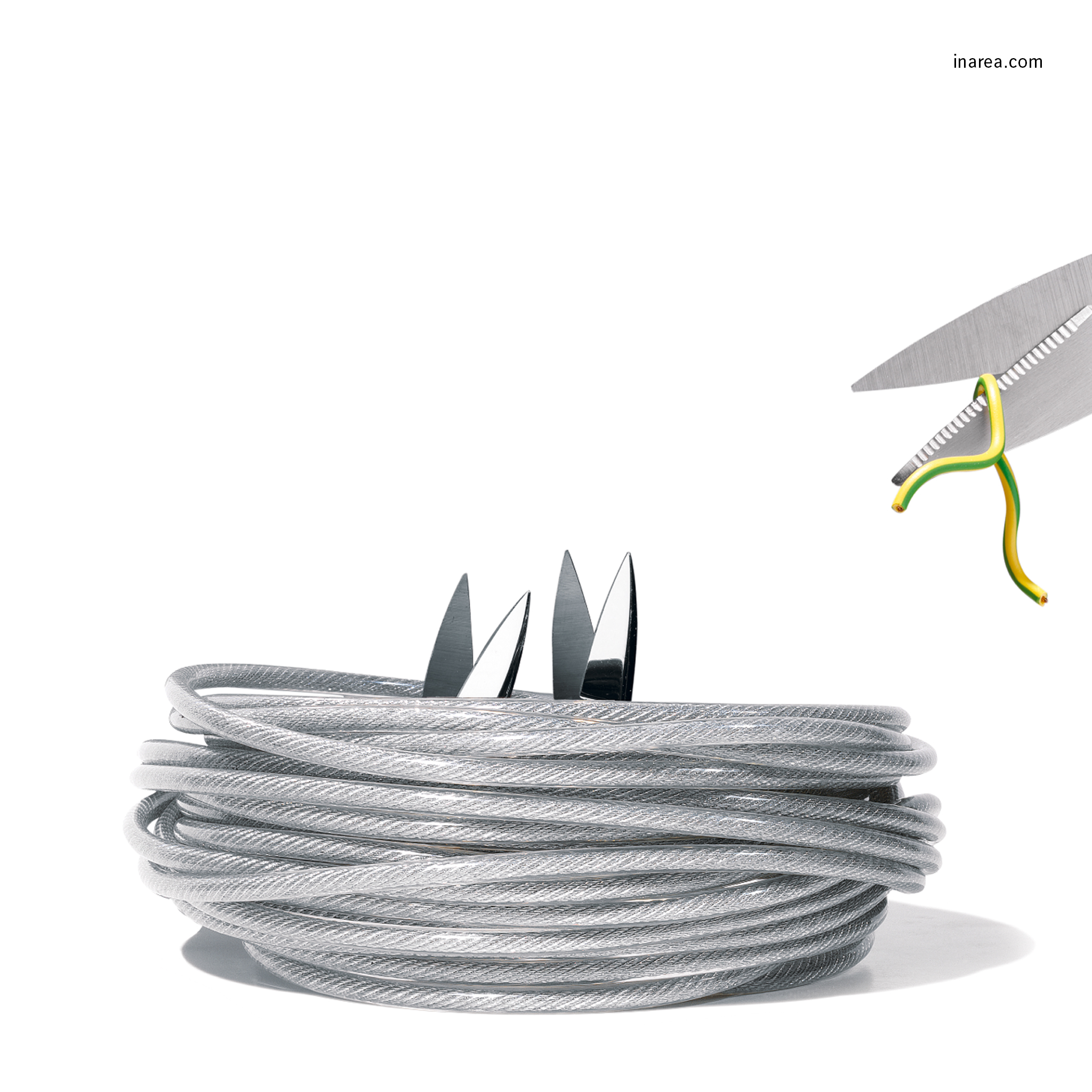Unlike the beautiful voice of Tosca who she sings these words in her famous aria, this week has brought us the ugly rumble of war.
However we’ll stick to the subject we had originally intended to look at and grant ourselves poetic licence to remind you that the Guggenheim Museum Bilbao is gearing up to celebrate the 25th anniversary of its peaceful occupation of the Basque city. The celebrations’ highpoint will be next October but in the meantime the ‘Bilbao bill boards’ feature an exhibition on Jean Dubuffet (which opens today), and another which showcases the finest movements that were launched between the two world wars: Fauvism, Cubism, the “School of Paris” and Surrealism. While the names of Italian artists Modigliani and De Chirico are included in the above, it does seem odd that Futurism has been so blatantly excluded. After all, Frank Gehry’s building itself is a living tribute to Unique Forms of Continuity in Space, a bronze sculpture by Umberto Boccioni, the most perceptive and European of the artists who helped shape the Italian movement. Boccioni died prematurely at the age of 34 during World War I. A reminder that sounds harsh to the ear, especially on a week like this when that dreaded word has reared its ghastly head.
So why are we focusing on the Guggenheim Museum’s birthday (and Frank Gehry’s too, seeing as its iconic architect turns 92 in three days’ time)? Because it’s a reminder of the importance of clear cuts and alternative forms of nourishment – the museum has meant both for Bilbao’s economy. And to see European artists (including Russians and Ukrainians) housed side-by-side under the same roof brings home the idea of Europe as a safe nest: a small comfort zone – despite everything.

